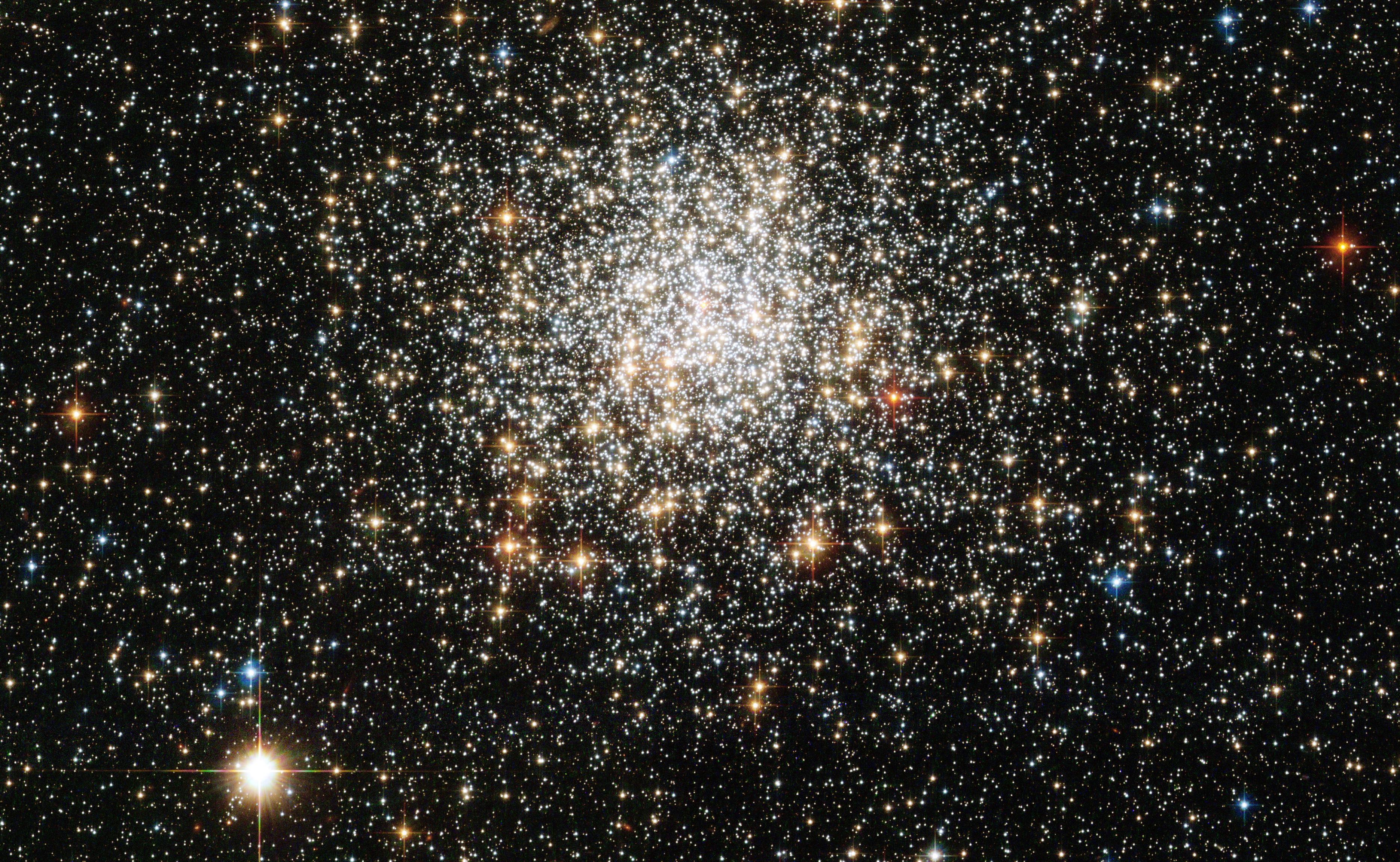Please login in order to download photos in full size
If you are not registered, please register for free: www.Free-Photos.biz/register
Please note to download premium images you also need to join as a free member..
You can also save the photos without the registration - but only in small and average sizes, and some of them will have the site's watermark. Please simply click your right mouse button and save the image.
Please login in order to like photos
If you are not registered, please register for free:
Sorry, non-members can download up to 1100 full-size photos per month.
It looks like you have used up your limit.
Free members can download an unlimited number of full-size photos - including the premium free photos.
Join as a member today for FREE! - and download the images without limitations:
www.Free-Photos.biz/membership.php
You can also save the images without the membership - but only in small and average sizes, and some of them may have the site's watermark. Please simply click your right mouse button and save the image.

|
This is a premium free photo
This photo was viewed 22 times and was downloaded in full size 4 times.
This photo was liked 0 times
If you are a member, please login in order to see the source link of the above image.
Summary
| Description |
English: The NASA/ESA Hubble Space Telescope has turned its sharp eye towards a tight collection of stars, first seen 174 years ago. The result is a sparkling image of NGC 1806, tens of thousands of stars gravitationally bound into a rich cluster. Commonly called globular clusters, most of these objects are very old, having formed in the distant past when the Universe was only a fraction of its current age. NGC 1806 lies within the Large Magellanic Cloud, a satellite galaxy of our own Milky Way. It can be observed within the constellation of Dorado (the dolphin-fish), an area of the sky best seen from the Earth’s southern hemisphere.
NGC 1806 was discovered in 1836 by the British astronomer John Herschel. He had travelled to South Africa in order to catalogue astronomical objects visible best from southern latitudes, and thereby complete work begun by his father William, the man who coined the term “globular cluster”. Using a large telescope John Herschel carefully scanned the night sky and noted objects of interest, of which NGC 1806 was one. In the same year that he documented NGC 1806 he was visited by the naturalist Charles Darwin after the HMS Beagle stopped over in Cape Town. Darwin later referred to John Herschel as “one of our greatest philosophers”. The Wide Field Channel of Hubble's Advanced Camera for Surveys was used to obtain this picture that was created from images taken through blue (F435W, coloured blue), yellow (F555W, coloured green) and near-infrared (F814W, coloured red) filters. The exposure times were 770 s, 720 s and 688 s, respectively, and the field of view is 3.1 by 1.9 arcminutes. Surely Herschel, who made great contributions to the sciences of both astronomy and photography, would have been immensely impressed by this glittering Hubble picture |
|||
| Date | 25 October 2010 | |||
| Source | https://www.spacetelescope.org/images/potw1027a/ | |||
| Author | ESA/Hubble & NASA | |||
| Permission (Reusing this file) |
|
Licensing
| This file is licensed under the Creative Commons Attribution 3.0 Unported license. | ||
|
Public Domain
| EXIF data: | |
| File name | ngc_1806_hst.jpg |
|---|---|
| Size, Mbytes | 7.1347861328125 |
| Mime type | image/jpeg |
While the copyright and licensing information supplied for each photo is believed to be accurate, Free-Photos.biz does not provide any warranty regarding the copyright status or correctness of licensing terms. If you decide to reuse the images from Free-Photos.biz, you should verify the copyright status of each image just as you would when obtaining images from other sources.
The use of depictions of living or deceased persons may be restricted in some jurisdictions by laws regarding personality rights. Such images are exhibited at Free-Photos.biz as works of art that serve higher artistic interests.
PRIVACY POLICY
By registering your account and/or by subscribing to new and newly rated photographs you agree we may send you the links to photos and we may occasionally share other information with you.
We do NOT disclose your personal data.



